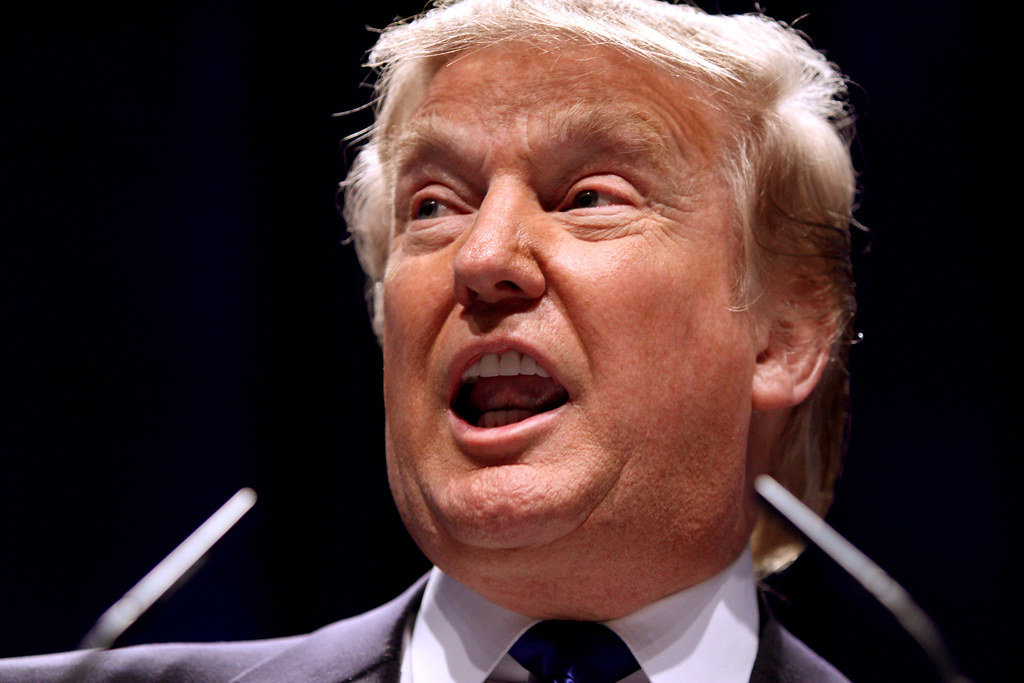Key Takeaways:
- Presidents must pick a few big issues to focus on.
- Donald Trump broke tradition by diving into small and cultural fights.
- He chose Kennedy Center Honors honorees and redecoration details.
- Trump attacked wind turbines and critiqued an actress’s ad online.
- This shift shows a new style of presidential attention.
Trump’s New Take on Presidential Attention
President Donald Trump has used his power in unexpected ways. First, he picked Kennedy Center Honors honorees himself. Then, he clashed over wind turbines and criticized an actress’s ad. Moreover, he ordered new White House decor. All these choices changed the idea of presidential attention.
Why Presidential Attention Matters
Every leader in the White House faces many demands. In fact, experts say presidents juggle about 250 issues at once. Yet, they can only truly handle two major priorities. Therefore, presidential attention shapes the nation’s path. Usually, leaders stick to safety, money, or big laws. However, Trump shifted focus to smaller, personal battles too.
Old Limits on Presidential Attention
Traditionally, presidents let states and staff handle local or easy issues. Barack Obama said no simple matter should reach his desk. Also, leaders avoid fights they might lose. For example, past presidents shied away from school curriculums or fashion ads. They felt such cultural battles belonged to others. As a result, presidential attention stayed on national security and the economy.
Trump’s Focus on Culture and Education
In contrast, Trump dove into hot culture wars. He criticized Sydney Sweeney’s jeans ad online. He attacked wind farms near his golf course. He even posted detailed demands for college programs. For instance, he ordered universities to change diversity and inclusion rules. These actions show how his presidential attention crossed old boundaries.
Personal Battles and the White House
Next, Trump made decor choices and hosting plans part of his brand. He said he might personally host the Kennedy Center Honors. He picked honorees himself, though teams normally decide. He also redesigned rooms to match his style. These personal fights proved that levels of presidential attention can vary. Moreover, they blurred public and private roles in the White House.
Fighting Law Firms and Paper Straws
Furthermore, his team used the Justice Department to target disliked individuals. Trump posted about forced paper straw rules. He went after law firms and people under investigation. These moves show that presidential attention need not stick to broad policies. Instead, he aimed at specific people and small mandates. Consequently, this approach kept his audience focused on new fronts.
How Past Presidents Avoided Cultural Clashes
In earlier eras, presidents resisted racial or campus fights. After the Brown school desegregation ruling, Dwight Eisenhower and John F. Kennedy acted with care. They sent troops only when court orders threatened order. Yet, they claimed education was a state matter. That shield let them limit presidential attention on big racial issues. In contrast, Trump embraced the very fights his predecessors avoided.
Why This Shift Matters
This change signals deeper politics at play. First, Trump showed that cultural conflicts can fuel support. He did not fear alienating voters who disagreed. Second, he treated the presidency like a political campaign. He raised cultural fights to rally his base. Therefore, his style redefined where and how he spent his time. It also redefined how the public sees presidential attention.
Effects on National Focus
As a result, key national issues may get less time. When a president spends hours on fashion ads or redecorating, other challenges wait. For example, climate change, health care, or foreign threats could slip. This shift of presidential attention may influence policy results. It may also stretch the White House staff thin.
Implications for Future Leaders
Future presidents might follow or reject these patterns. They may reemphasize big topics and drop personal feuds. Or they may use the office for political gains as Trump did. Either way, presidential attention will matter just as much as policy. The public will watch what issues leaders choose and ignore.
Balancing Priorities Going Forward
Moving ahead, presidents face tough choices. They can tackle issues only their office can solve. In addition, they can pick fights that build their reputation. However, they must avoid battles that risk losing public trust. Thus, finding the right mix of presidential attention will stay a core challenge. It will test every incoming leader’s strategy.
Learning from Trump’s Example
Trump’s style offers lessons on modern leadership. First, it shows how breaking tradition can reshape roles. Second, it warns of the costs when small fights overshadow big needs. Lastly, it reveals that presidential attention itself can become a tool. As a result, citizens must watch not only policies, but also where leaders put their focus.
Conclusion
Presidential attention sets the tone for a leader’s term. Donald Trump redefined that focus by engaging in personal and cultural battles. His actions highlight how presidents can choose new priorities. At the same time, they prompt questions about the best use of presidential power. In the end, the nation will judge how these choices affect its future.
Frequently Asked Questions
What does presidential attention mean?
Presidential attention refers to the issues a president focuses on. It shapes which challenges get the most resources and public discussion.
Why did Trump pick Kennedy Center Honors honorees himself?
Trump wanted more direct control and publicity. He saw it as part of his brand and used presidential attention to highlight his choices.
How did past presidents avoid cultural conflicts?
They relied on states and courts. They argued that local issues belonged to state governments and federal courts, not the White House.
Could future presidents follow Trump’s style?
Some leaders might adopt this direct, personal approach. Others may return to a focus on national security and major policies. It depends on their goals and political climate.
What risks come with shifting presidential attention?
When presidents focus on small or personal battles, big issues may get less time. This can delay critical policies in areas like health care or foreign relations.

